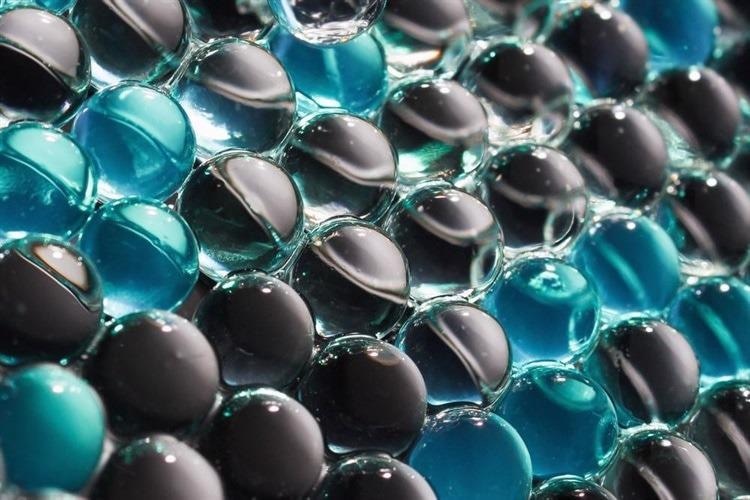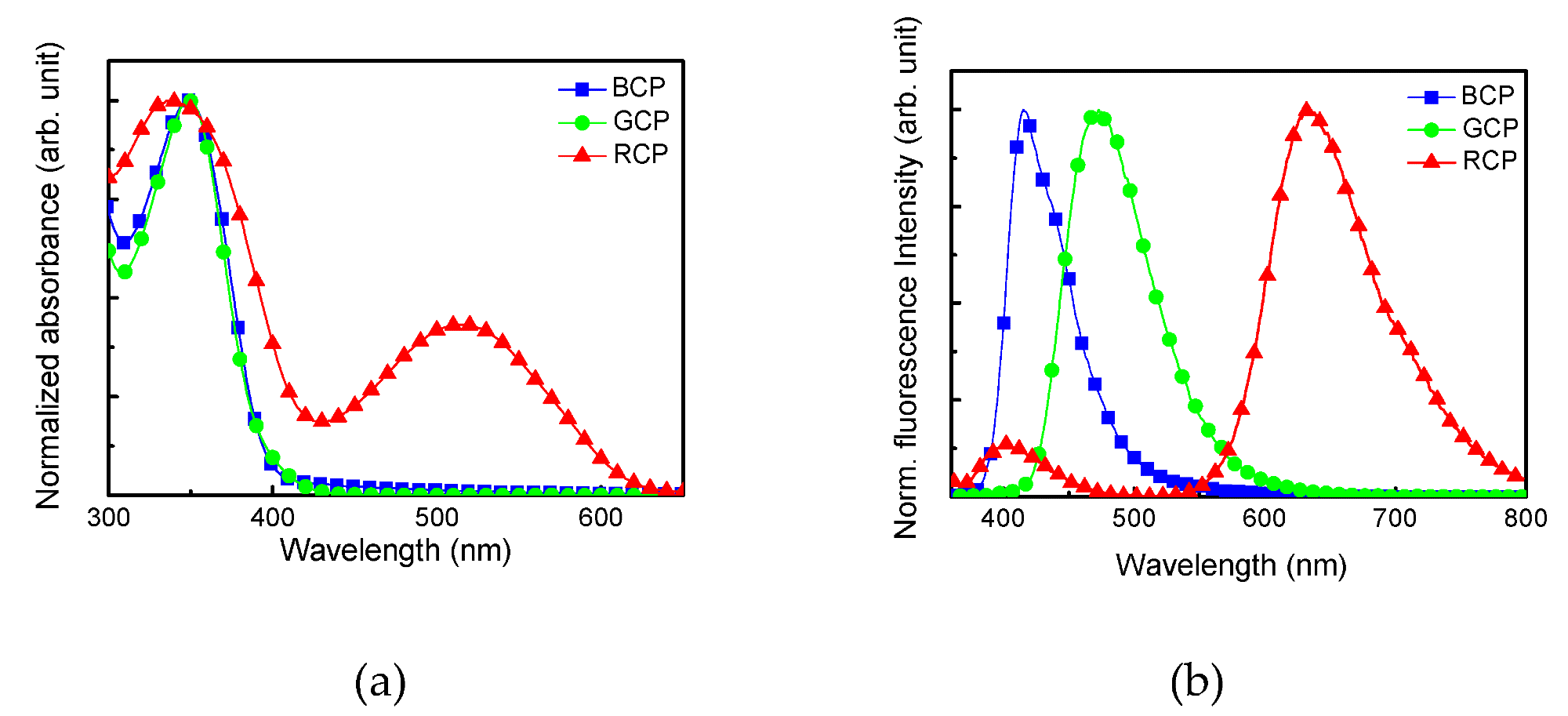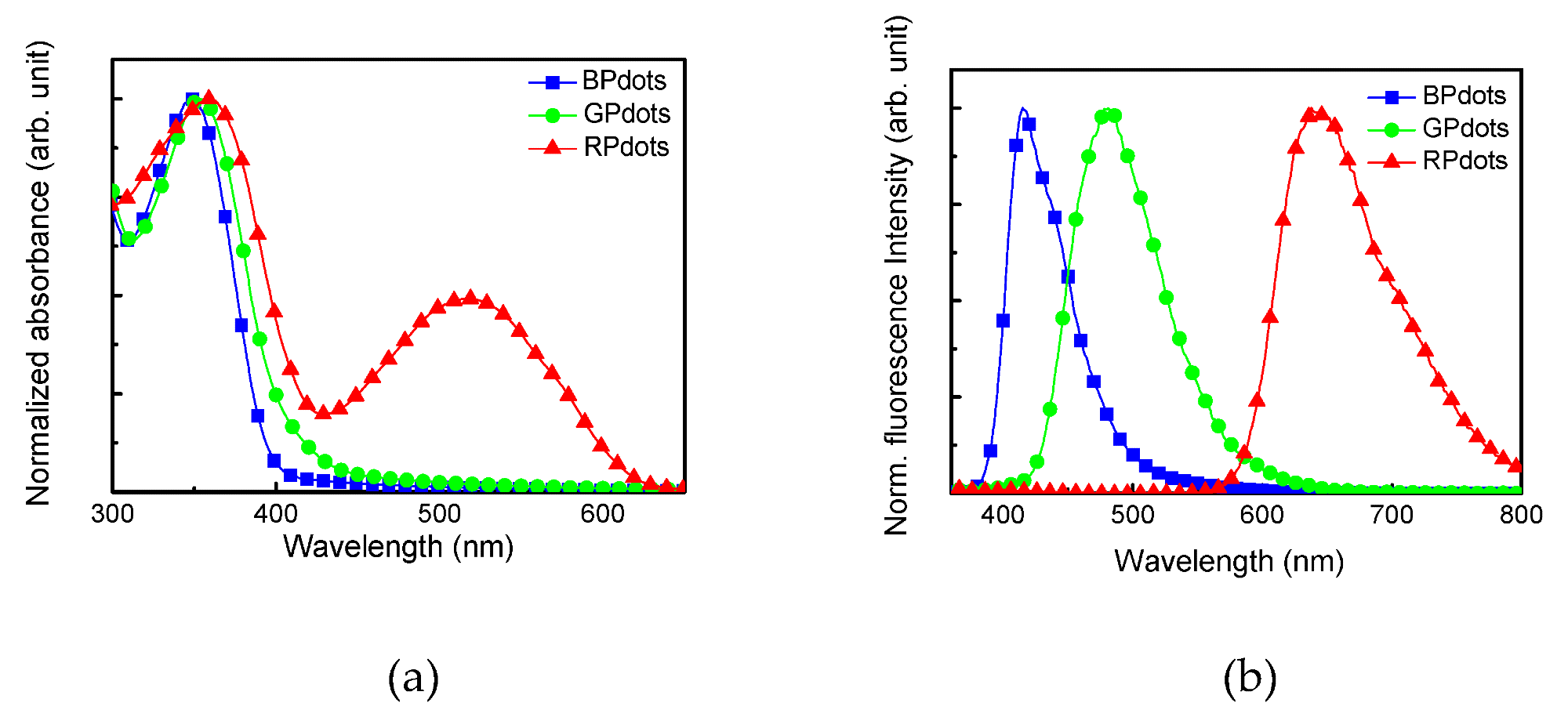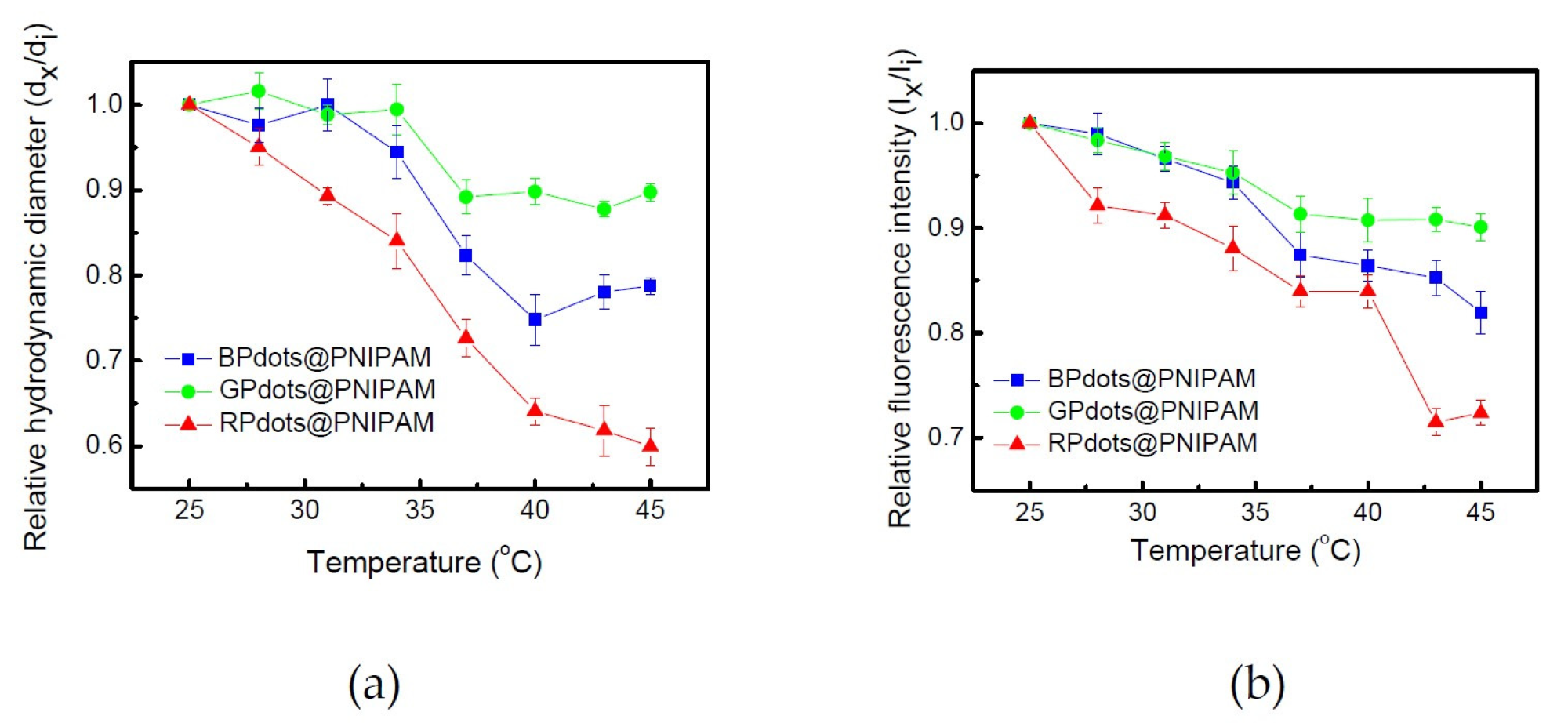A group of researchers has successfully fabricated a thermal detection polymer hydrogel using conjugated polymer nanoparticles and a fluorescence modulation technique, according to a study published recently in the journal Polymers.

Study: Fluorescence Modulation of Conjugated Polymer Nanoparticles Embedded in Poly(N-Isopropylacrylamide) Hydrogel. Image Credit: Alexa_Space/Shutterstock.com
The researchers created a sequence of conjugated polymers (CPs) that produce red, green, and blue (RGB) luminescence and then employed them to build functional polymer dots. The Pdots were chemically incorporated in a hydrogel composed of poly(N-isopropyl acrylamide) (PNIPAM) for subsequent usage as a temperature-sensitive material.
The polymeric hydrogel with RGB emitting colors enabled thermally controllable changes in fluorescence intensity. The size of the hydrogel changed with a change in temperature due to the expansion and contraction of the PNIPAM, which resulted in a color change.

(a) UV-vis and (b) fluorescence spectra of CP films. Image Credit: Namgung, H. et al, Polymers
Importance of Polymeric Hydrogels
Environmental change sensing has garnered a lot of interest in recent times. For instance, much research has been done on polymer hydrogels that react to external changes due to their prospective uses in pharmacological, chemical, and biosensing industries. The physiochemical characteristics of reactive polymeric hydrogels can be adjusted by sunlight, pressure, acidity, and temperature, which makes them suitable for environmental change detection.
PNIPAM is a famous hydrogel due to its outstanding thermal sensitivity. In an aqueous environment, PNIPAM has a lower critical solution temperature (LCST) of approximately 32 degrees Celsius. Below LCST, the material is highly soluble in water because of its completely stretched molecular chains in a random coil shape. However, PNIPAM contracts at temperatures over the LCST due to hydrophobic interaction. This property enables the application of PNIPAM-based hydrogels in biosensing devices.
Previously, the majority of fluorescent PNIPAM hydrogels were made by copolymerizing PNIPAM with a fluorescent monomer, but they exhibited less durability and luminosity than conjugated polymer dots. Quantum dots (QDs) were employed to form PNIPAM hydrogels as well, and it was discovered that LCST increased the QD illumination in the hydrogel. However, they were found to be incompatible with the hydrogel materials due to the presence of heavy metals.

(a) UV-vis and (b) fluorescence spectra of Pdots in water. Excitation wavelength 350 nm. Image Credit: Namgung, H. et al, Polymers
Thermoresponsive Fluorescence of Pdots in Polymeric Hydrogels
Pdots are generated from conjugated polymers (CPs) and maintain their pure CPs' strong luminescence. Additionally, they possess several useful features, including proper distribution in water and ease of surface modification. Thus, Pdots with a variety of chemical compositions have been studied for use in the pharmaceutical and biosensor industries.
In this work, the researchers concentrated on the thermosensitive luminescence adjustment of Pdots in a PNIPAM-based hydrogel. Graphene oxide was deployed as a quencher to produce temperature-dependent fluorescence modulation, with the separation between the quencher and the polymer pigment regulated by a PNIPAM crosslinker. To study thermostability, a hybrid material composed of Pdots and PNIPAM was developed. Pdots were coupled to PNIPAM by allyl-group functionalization on the surface. The Pdots were covalently bonded to PNIPAM, allowing for sustained fluorescence modification without the need for the matrix to be released. Different characterization methods were used to assess the changes in fluorescence intensity and hydrodynamic size of the hybrid composite.

Changes in the (a) hydrodynamic diameters and (b) fluorescence intensities of Pdots@PNIPAM in aqueous solution upon increase in temperature. di and dx correspond to hydrodynamic diameters at 25 °C and at elevated temperature, respectively. Ii and Ix correspond to fluorescent intensities at 25 °C and at elevated temperatures, respectively. Excitation wavelength 350 nm. Image Credit: Namgung, H. et al, Polymers
Research Findings
The researchers used a Suzuki linking procedure with a Pd catalyst environment to create blue, green, and red conjugated polymers. Due to their similar UV-vis absorbance, BCP, GCP, and RCP all emitted luminescence in the blue, green, and red bands at 415, 475, and 633 nanometers, respectively, with an equal excitation wavelength of 350 nanometers.
The reprecipitation-derived Pdots had a UV-vis absorption wavelength of about 350 nm, with red Pdots exhibiting a further absorption of around 500 nm. Although the Pdots were distributed evenly in a water solution without clumping, their UV-vis and luminescence were comparable to those of their solid states. The zeta potentials were discovered to be negative given the presence of the carboxyl group on the Pdot layer.
Following that, Pdots were inserted into the PNIPAM hydrogel. Although other hydrogels, such as gelatin and chitosan, could have been used as replacements to PNIPAM, they were not examined due to the impossibility of uniform Pdot dispersion and suspension.
The fluorescence intensity fell significantly when the hybrid material was heated over the LCST, owing to the shrinking of the PNIPAM matrix. However, the fluorescence intensity was restored upon cooling to the ambient temperature. This temperature detection change demonstrates that the polymeric hydrogel made for Pdots has enormous promise for use in a variety of biosensing applications.
References
Namgung, H. et al. (2021). Fluorescence Modulation of Conjugated Polymer Nanoparticles Embedded in Poly(N-Isopropylacrylamide) Hydrogel. Polymers, 13(24), 4315. Available at: https://www.mdpi.com/2073-4360/13/24/4315
Disclaimer: The views expressed here are those of the author expressed in their private capacity and do not necessarily represent the views of AZoM.com Limited T/A AZoNetwork the owner and operator of this website. This disclaimer forms part of the Terms and conditions of use of this website.